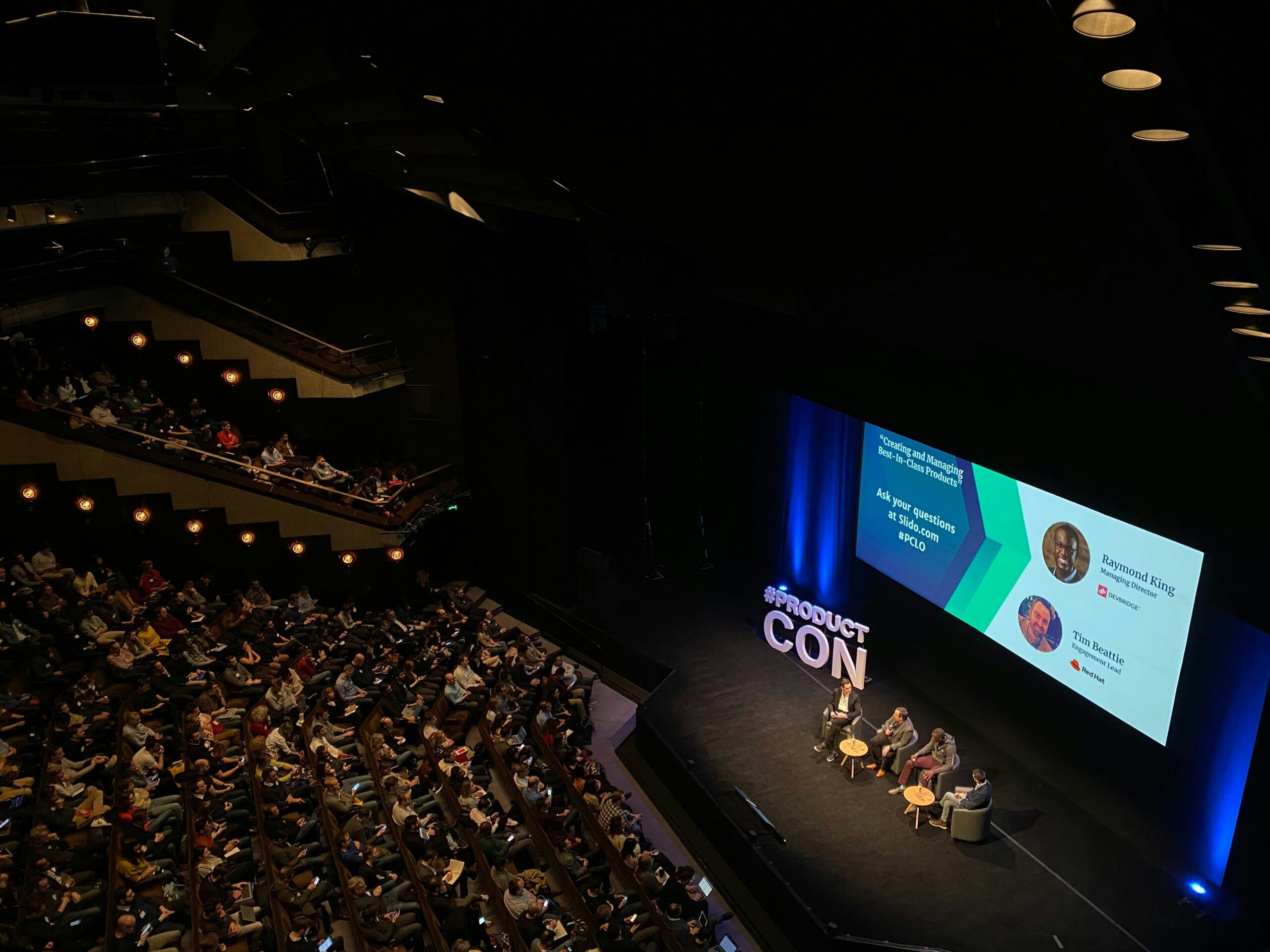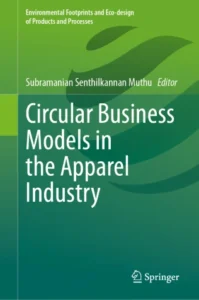Organized special session in the R&D Management conference, Stockholm, 17-19 June 2024
Andrea Ganzaroli, Elisa Sabbadin, Ivan De Noni, Silvia Rita Sedita, Amir Maghssudipour
Track summary: In the dynamic landscape of contemporary innovation, the idea that innovation relies exclusively on groundbreaking ideas and radical thinking is evolving into a new perspective. Hence, the belief that abundant resources are a prerequisite for original ideas is giving way to alternative approaches. Constraints are now perceived as catalysts, transforming limitations into fertile ground for innovation. This shift underscores the significance of tapping into the “creativity of the here and now” by making the most of current resources. This transition emphasizes the application of models like “Exaptation,” where existing resources are repurposed for unexpected uses, “Reverse Innovation,” where solutions from resource-scarce settings inspire advances in affluent contexts, and “Retrovation,” which leverages historical knowledge to address current challenges. “Frugal Innovation” promotes value-driven solutions under resource-limited conditions, while “Bricolage” encourages improvisational innovation by using available resources creatively. While these models have been individually explored, a research gap exists in comprehending their synergies and distinctions. Exploring the intersections, commonalities, and differences between these paradigms is a timely challenge for scholars. We invite scholars to contribute to this growing discourse on innovative models. We welcome submissions that offer a deep dive into Exaptation, Reverse Innovation, Retrovation, Frugal Innovation, Bricolage, or any emergent innovative framework in constrained contexts. Papers exploring the intersections of these models, unraveling their interdependencies, synergies, and contrasts, are particularly encouraged. New contributions will play a pivotal role in shaping this narrative, adding depth to our collective understanding, and offering nuanced perspectives on how these models can be applied, integrated, or contrasted.



